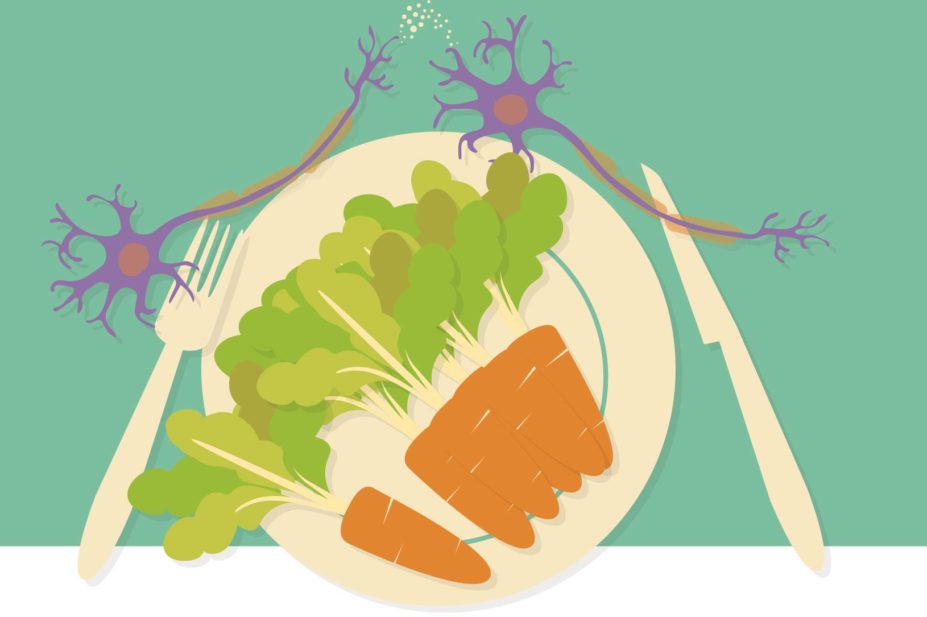
Hannah Morton
Food and diet exert a major impact on health and the process of ageing. The nervous system plays an important role in this process but how food signals are interpreted by the nervous system is poorly understood. This is an important question because the perception of food by the nervous system impacts not just ageing, but also other processes associated with health and disease, including metabolism, reproduction, and development.
To maximise their chances of survival, animals need to be able to sense changes in the abundance of food in their environment and respond in an appropriate manner. The nervous system is able to sense cues from the environment and co-ordinate responses in the whole organism, but it is not clear how this leads to long-term changes in the organism’s biology.
A new study published by researchers from the Medical Research Centre for Developmental Neurobiology at King’s College London, in collaboration with engineers from the Georgia Institute of Technology in the United States, has shed light on this question. The researchers found that serotonin and TGF-beta hormone levels in specific neurones of Caenorhabditis elegans communicate information about food abundance in roundworms. These signals from the nervous system influence the roundworm’s lifespan, thus mediating the effects of food on ageing.
In roundworms, two genes, daf-7 and tph-1, appear to be involved in connecting the sensing of food availability with changes in the biology of the organism. The daf-7 gene encodes a hormone, while tph-1 encodes an enzyme that makes serotonin. The researchers found that daf-7 and tph-1 genes are active in three pairs of neurons in nematode worms. The experiments show that these neurones collectively form a circuit that carries information about the abundance of food, which leads to changes in how long the worms live. When this circuit was disrupted by removing these genes, the worms’ ability to adjust their lifespan in response to changes in the availability of food was weakened, likely because they were unable to sense food. The experiments also show that the circuit regulates itself, largely because daf-7 and tph-1 are able to control each other’s activity. Together, these results suggest that changing the activity of certain genes in neurons enables roundworms to alter their biology in response to changes in the availability of food. Neurones in the brain use electrical activity to communicate and process information and these findings imply that gene activity can also perform a similar role.
This research is interesting in that it demonstrates the links between food and lifespan, while shedding further light on how the nervous system processes information such as food signals. Both serotonin and TGF-beta pathways have also been implicated in diverse human diseases, including cancer, mental disorders, diabetes and obesity. Genetic tools in the roundworm have already revealed many genetic pathways that underlie human physiology and disease because many important genes function similarly in both roundworms and humans. Further research could identify pathways and mechanisms that link diet to health and disease, while simultaneously uncovering general principles of information processing, which could help to tackle the complex gene-environment interactions that underlie many diseases.

